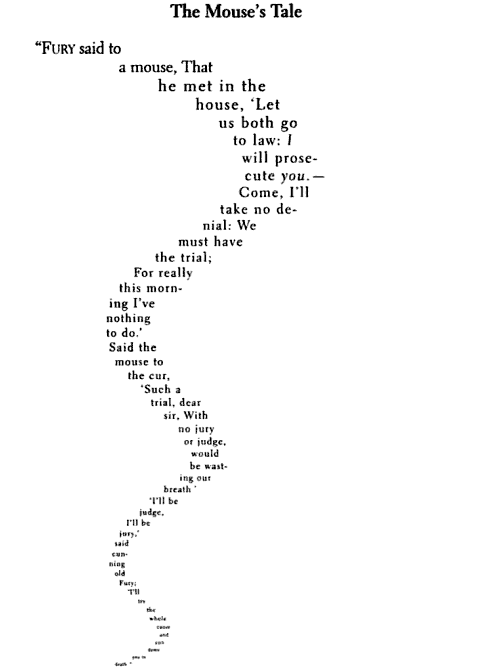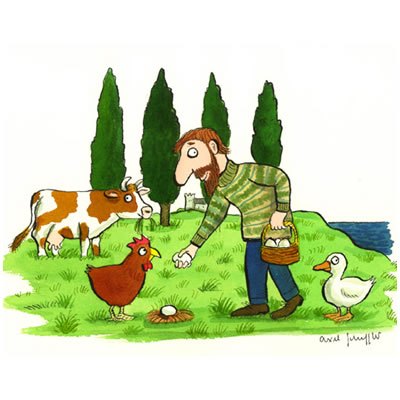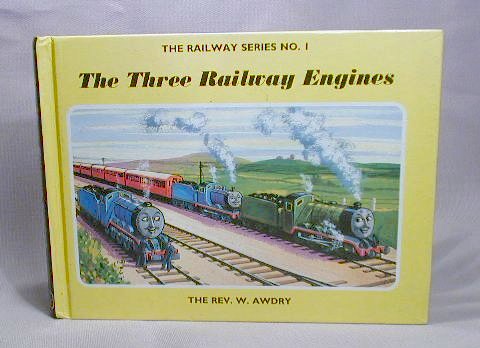https://www.50things.org.uk/
'50 Things To Do Before You're 11 3/4' is a National Trust initiative to encourage children to explore in the countryside and experience the activities that their parents and grandparents would have when they were younger. The list includes learning how to skim stones, making a grass trumpet and climbing hills.
The task was to create a spread from an accompanying book to encourage children to engage with the activities, and could contain additional elements. The considerations were as follows:
- Quantity and size of type, and typeface used
- Visual balance between the image and the text
- Appropriate illustration style
- Flow and continuity of the design from one double page spread to the next
- Integration of type
Due to my illustration style and following on from the session's research I already knew which direction I wanted to take with my spread, and especially the typography. The work of Simms Taback and Vladimir Radunsky had encouraged me to be very expressive with type.
The first sketched idea shows the approach I was aiming for, with a childlike, cursive type style and overly simplistic illustrations with just charcoal on paper. I highlighted the word 'really' within the text to give the type some character and added 'get muddy' in parentheses to add humour and appeal to the child reading. I planned to add a simple, pale green and brown wash to the background.
These images show the development towards a more finalised illustration, and although I liked the style of the typography I felt that the composition wouldn't work together. I had planned to construct it all separately and bring the elements together on Photoshop but they wouldn't blend together well.
I scrapped that page idea but kept with the same style, and focused my attention on illustrating the page for 'Climb a tree' instead.
Again, I used a childlike style for the text, and added the word 'tall', and embellished it. I chose thin and long strokes and rendered them like tree branches to bring the text in line with image.
 |
This is the final spread that I designed, to meet the considerations stipulated:
- In terms of type, I was to look into the typeface used, and the quantity and size of it, as well as integrating it into the image. I feel that type and image is as one in this spread, and they both clearly follow the same style. I kept the text to a minimum, just adding one word, and set it large within the page.
- I had to choose an appropriate illustrative style and feel that a simplistic design like this is appropriate for any age group that it is aimed at. The paint seems naive, not always staying within the lines, and a limited palette was used. I added another element of interest, with the owl looking up at the child climbing the tree.
- The design should have been able to be continued throughout the book, and I feel that the layout of type on one side and illustration on the other definitely could be. The style of the text could also be changed throughout, to suit the location of the other activities.












































